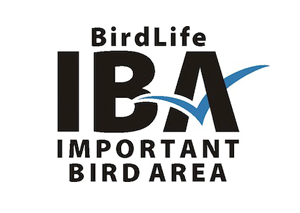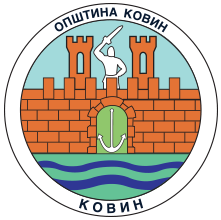Wetland birds
Lake Krajevac with floating and permanently anchored islands, and surrounding reedbeds is an important nesting site for a mixed colony of herons, including the Grey Heron (Ardea cinerеа), the Purple Heron (Ardea purpurea), the Squacco Heron (Ardeola ralloides), the Night Heron (Nycticorax nycticorax), and the Little Bittern (Ixobrychus minutus). In dense lakeshore vegetation, the Marsh Harrier (Circus aeruginosus), four species of reed warblers (Acrocephalus sp.) and the Reed Bunting (Emberiza schoeniclus) nest. On willow trees close to lakeshores, Penduline Tits (Remiz pendulinus) build their hanging nests. The open water is important for the Great Crested Grebe (Podiceps cristatus), the Moorhen (Gallinula chloropus), the Coot (Fulica atra), the Mallard (Anas platyrhynchos) and the Ferruginous Duck (Aythya nyroca). The Whiskered Tern (Chlidonias hybrida) and the Black Tern (Chlidonias niger), as well as the Great Cormorant (Phalacrocorax carbo) and the Pigmy Cormorant (Microcarbo pygmaeus) regularly feed on fish in this area. Floating and permanently anchored islands, with water pools and underground springs that do not freeze even during the harshest winters, represent an important resting and wintering site for many migratory wetland birds, such as swans, ducks and geese. In Serbia, the majority of wetland birds is strictly protected under the Code on Declaration and Protection of Strictly Protected Species and Protected Wild Species of Plants, Animals and Fungi Annex I (Official Gazette No. 5/10). Also, the Purple Heron, the Squacco Heron, the Night Heron, the Little Bittern, the Marsh Harrier, the Ferruginous Duck, Whiskered and Black Terns, and the Pigmy Cormorant are listed as strictly protected species in Europe (Resolution No. 6 of the Bern Convention and Anex I of Birds Directive). The Ferruginous Duck is also listed on the IUCN Red List of Near Threatened Species.
European Bee-eater
The European Bee-eater (Merops apiaster) is a migratory species, which nests in large colonies in loess slopes surrounding Lake Kraljevac. Nearby pastures, fields, and lakeshores provide great foraging opportunities for European Bee-eaters. They feed on bees, wasps, bumblebees, and other flying insects which they catch in flight often hunting in groups. In May the European Bee-eater lays eggs (4–7) in nests hidden in soil tunnels they dig in loess slopes up to 3 meters deep. They spend winter in tropical parts of Africa and Asia. In Serbia, this species is strictly protected under the Code on Declaration and Protection of Strictly Protected Species and Protected Wild Species of Plants, Animals and Fungi Annex I (Official Gazette No. 5/10). Also, the European Bee-eater is listed as a strictly protected species in Europe (Resolution No. 6 of the Bern Convention and the Bonn Convention on the Conservation of Migratory Species of Wild Animals).





